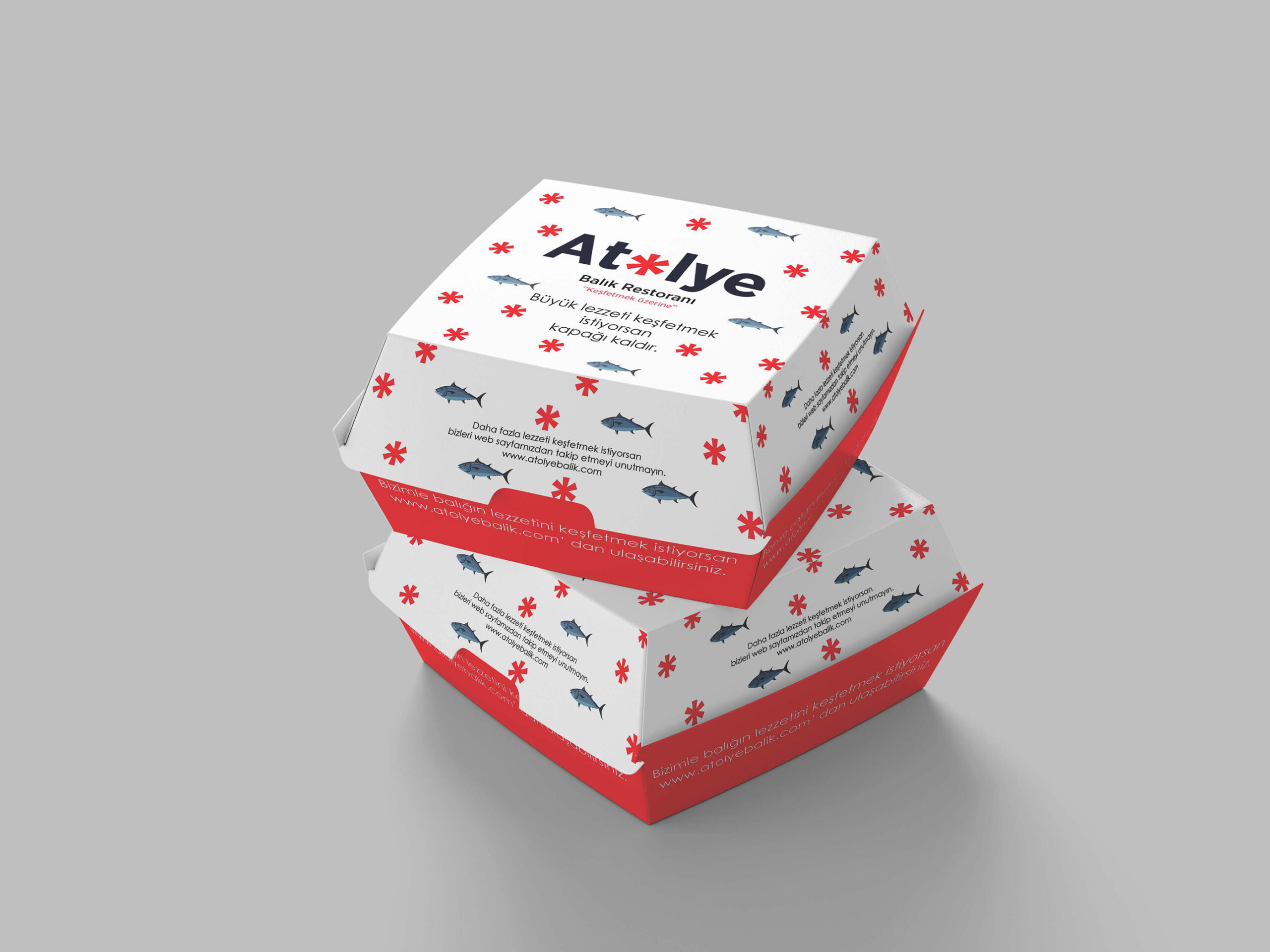Introduction to GW-501516: Scientific Origins and Function
GW-501516, also known as Cardarine, is a synthetic PPARδ (Peroxisome Proliferator-Activated Receptor Delta) agonist developed in the 1990s by GlaxoSmithKline in collaboration with Ligand Pharmaceuticals. Its primary use was originally intended for treating metabolic and cardiovascular diseases, but it quickly gained attention for its pronounced effects on energy metabolism and endurance enhancement. Unlike traditional performance agents, GW-501516 alters the expression of genes related to fat metabolism and muscle fiber composition—shifting the energy system toward increased fatty acid utilization and improved aerobic performance.
Researchers exploring Cardarine for sale often do so to investigate its precise molecular activity and endurance-enhancing potential in tightly controlled experimental conditions.
The Molecular Pathway: How GW-501516 Enhances Endurance
The unique strength of GW-501516 lies in its ability to activate the PPARδ receptor, which in turn stimulates a cascade of metabolic adaptations. These include increased mitochondrial biogenesis, enhanced lipid metabolism, and the formation of oxidative (type I) muscle fibers.
In rodent studies, GW-501516 administration led to significant increases in running time and distance, even in sedentary subjects. These enhancements stemmed from an upregulation of genes such as CPT1 (responsible for transporting fatty acids into mitochondria) and UCP3 (which facilitates efficient energy production with minimal oxidative stress).
Many experimental protocols utilize ethically sourced materials to buy Cardarine online for the purpose of exploring these endurance mechanisms further in laboratory settings.
Optimizing Fat Metabolism: GW-501516’s Role in Energy Substrate Selection
One of the most impactful features of GW-501516 is its ability to switch the body’s energy preference from glucose to fatty acids. This metabolic shift improves endurance by sparing glycogen stores and delaying fatigue. Unlike thermogenic compounds or stimulants, GW-501516 achieves this without affecting the central nervous system, allowing researchers to isolate its metabolic effects.
In studies where GW-501516 was used in conjunction with aerobic exercise protocols, subjects exhibited a marked increase in VO₂ max and time to exhaustion. Moreover, improved fatty acid oxidation was observed regardless of caloric intake or physical training background, suggesting its potency as a metabolic enhancer.
Performance Potential: Evidence from Research Models
Preclinical data demonstrates that GW-501516 simulates the benefits of aerobic training at the molecular level. In mouse models, administration resulted in increased endurance, enhanced vascular function, and greater lean mass retention. When combined with exercise training, these effects amplified further, indicating a synergistic potential between pharmacological and physical stimuli.
These findings are often examined through controlled trials assessing SARMs before and after results, particularly in studies focused on aerobic output, muscle composition, and fat utilization metrics.
Dosage, Research Application, and Safety Insights
In a controlled laboratory context, GW-501516 is typically used in research doses ranging from 5 mg to 20 mg per day. The compound exhibits a relatively long half-life, allowing once-daily administration in most protocols. Researchers document various variables, such as endurance metrics, muscle fiber composition, and mitochondrial activity, to gauge its full physiological impact.
Despite its promising profile, early toxicological studies in rodents raised concerns about high-dose exposure and long-term carcinogenicity. However, these effects were associated with extreme dosing protocols not reflective of most modern research conditions. Current applications focus on short-to-medium duration investigations where controlled dosing and close monitoring are standard.
Conclusion: The Role of GW-501516 in Aerobic Capacity Research
GW-501516 stands out as a powerful research compound with the ability to transform energy metabolism, promote fat oxidation, and significantly improve aerobic capacity. Its targeted action via the PPARδ pathway allows researchers to explore performance and metabolic outcomes without the confounding effects seen in stimulant-based agents.
As endurance physiology continues to be a focus in both academic and applied performance science, GW-501516 provides a reliable and well-documented pathway for uncovering the boundaries of human and animal metabolic potential under rigorous scientific study.











Leave a Reply